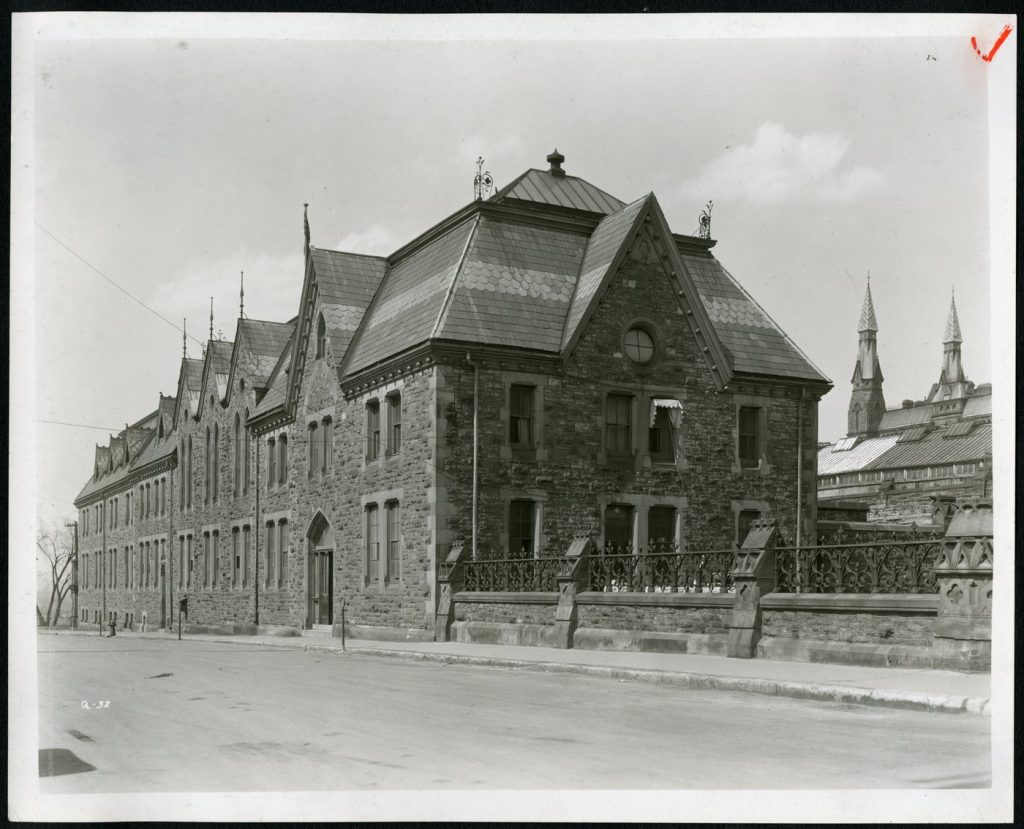The Supreme Court of Canada is celebrating its 150th anniversary this year, marking a significant milestone in its evolution from humble beginnings to a pivotal judicial institution. Originally established in 1875 with only six judges and no permanent home, the court's workload was light in comparison to its current demands. The judicial body's historical significance is being highlighted through various celebrations, including a ceremonial opening for the judicial year, the first of its kind since September 1986.
The creation of the Supreme Court was formalized by legislation passed in the spring of 1875, with William Buell Richards being sworn in as the first Chief Justice later that October. Richards, who was born in Brockville in 1815, had a diverse career as both a lawyer and politician before his appointment to the judiciary. The inaugural Supreme Court was comprised of Richards and five other judges, with the number of judges later expanding to seven in 1927 and the current total of nine judges established in 1949.
A notable event in the court's early history was a banquet hosted by Governor General Frederick Hamilton-Temple-Blackwood on November 18, 1875. This event saw numerous prominent figures from Canada's political landscape in attendance. During the banquet, the Governor General remarked on the court's establishment as a crucial moment in Canada’s progressive history and a testament to the stability of the Confederation.
For many years following its founding, the Supreme Court did not have the final say in legal matters, as its decisions could be appealed to the Judicial Committee of the Privy Council in the United Kingdom. This system of appeal remained in place until 1933 for criminal cases and 1949 for civil cases. When the Supreme Court held its first sitting on January 17, 1876, it was notable for the absence of cases to be heard. The first actual case arrived in April 1876, originating from the Senate regarding a private bill, with additional cases on various legal matters heard later that June.
In its early days, the Supreme Court lacked a dedicated location for its proceedings, leading to early hearings being held in available spaces on Parliament Hill, as confirmed by reports at the time. In 1882, the court transitioned to a two-storey building located at the edge of Parliament Hill, which has since been demolished. As World War II approached, Queen Elizabeth, the grandmother of King Charles, laid the cornerstone of the court's present location just west of Parliament Hill in 1939, reinforcing Canada's commitment to the rule of law.
Looking to the future, the Supreme Court is set to vacate its iconic art deco building in 2026 for extensive renovations, indicating a new chapter in its ongoing history. The judges and staff will relocate across the street to the West Memorial Building, which is also undergoing comprehensive refurbishment. This relocation is part of a larger effort to modernize and maintain the court's facilities, ensuring that it remains a crucial pillar of Canadian democracy.
This journey from a modest start to becoming a key player in upholding Canadian law has illustrated the Supreme Court's essential role in shaping the nation's governance and legal framework over the past century and a half.










